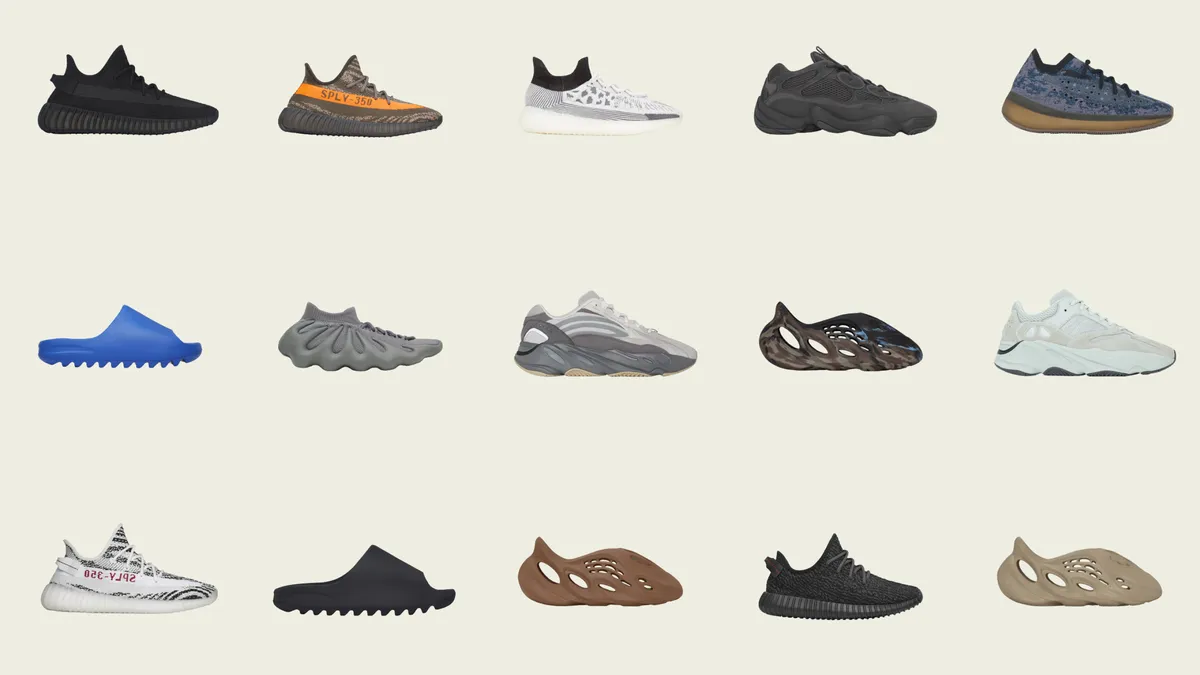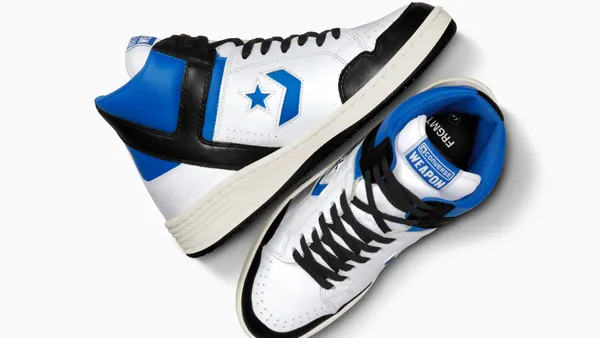Shortly after CEO Bjørn Gulden discussed plans for Adidas’ leftover Yeezy inventory, the company on Friday said it would begin selling some of its remaining Yeezy products at the end of May, according to a company press release.
The retailer aims to donate “a significant amount” of the proceeds to organizations that combat discrimination, hate, racism and antisemitism. The Anti-Defamation League and the Philonise & Keeta Floyd Institute for Social Change are among the organizations Adidas said it plans to donate to.
It’s the first time the products have been up for sale since Adidas broke ties with Kanye West, also known as Ye, in October. Adidas sought feedback from employees, organizations and consumers on how best to handle the product, according to the release.
“Selling and donating was the preferred option among all organizations and stakeholders we spoke to,” Gulden said in a statement. “We believe this is the best solution as it respects the created designs and produced shoes, it works for our people, resolves an inventory problem, and will have a positive impact in our communities. There is no place in sport or society for hate of any kind and we remain committed to fighting against it.”
For the moment, Adidas is selling existing Yeezy designs and designs that were planned for 2023. The possibility of releasing additional inventory is under consideration. Adidas in November said it could also sell Yeezy products in the future without the Yeezy brand name attached to them, as Adidas is the sole owner of the intellectual property rights.
The death of the Yeezy partnership has hit Adidas hard financially. The decision contributed to a “shockingly bad” 2023 guidance from Adidas, which is projecting its first annual loss in three decades this year.
Gulden, who started as chief executive in January, has labeled 2023 a “transition year,” not just because of the company’s challenges to get rid of $1.3 billion in Yeezy inventory. Adidas in the past year slashed its outlook a number of times based on slow recovery in Greater China and massive inventory pileups as demand faltered.















